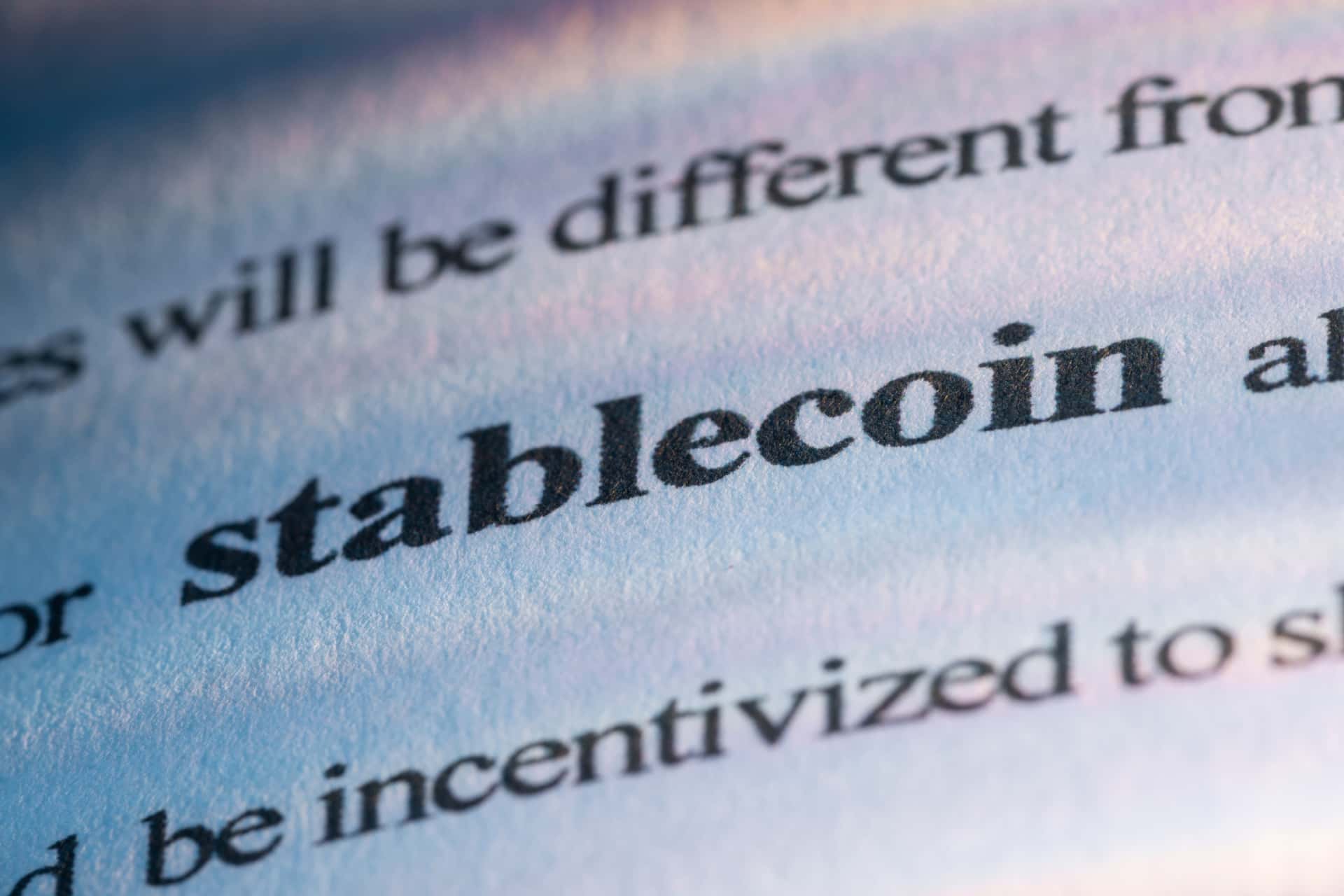Lately, you might have heard that Ripple is planning to release a stablecoin on the XRP ledger. I’ve never been a fan of XRP. Yes, there’s a whole ecosystem out there, affectionately known as the XRP army, that backs the XRP cause. However, this move signals to me that XRP is no longer a viable token for cross-border payments.
XRP has been aggressively promoted as a solution for liquidity in cross-border payments, proposing a utopian scenario where XRP could unlock pockets of liquidity. But in reality, it hasn’t seen widespread adoption. While the XRP ledger itself is impressive, the usage of the XRP token has not been optimal—in fact, it’s been rather disappointing. Many people who have invested in the XRP token are committed to its success and have invested substantial amounts.
They are hopeful for its success. But unfortunately, it seems necessary to point out that the viability of XRP may be dwindling. Why is it over? There are several reasons I’d like to discuss.
Initially, Ripple introduced XRP suggesting there was an abundance of money tied up in Nostro accounts worldwide, with estimates ranging from one to ten trillion dollars. They argued this money was unnecessary because on-demand liquidity could be provided by XRP, facilitating the instant transfer of funds. Unfortunately, this has not materialized.
Furthermore, Ripple promised that XRP could provide liquidity where it’s non-existent, enabling trade between economically isolated regions. For example, a trader in Kinshasa could seamlessly transact with another in Manila, supposedly thanks to XRP. Yet, this scenario has failed to unfold because these trading posts typically rely on stable currencies like the US dollar or the euro to facilitate trade.
The idea of XRP as a financial savior was perhaps overstated. This is merely my opinion, and of course, everyone is entitled to their own views.
This narrative extended into actual business practices when Ripple acquired Tranglo. I met with the owners, who expressed that they were compelled to use XRP for transactions, such as converting from British pounds to US dollars, which felt misleading.
If XRP were as promising as claimed, why hasn’t it been widely adopted by cross-border money transfer companies? Ripple shifted its focus from banks to Money Service Businesses (MSBs), but only a few have embraced the XRPL.
Ripple itself has moved into direct business, stating, “Bring your clients to us, and we’ll manage real-time payments.” This internal handling of transactions using XRP deviates from its initial strategy of facilitating partnerships, now offering services directly and focusing on stablecoin integration. This strategic pivot appears driven by the success and reliability of stablecoins like USDT and USDC in the market, which has pressured Ripple to adapt.
Ripple’s internal push towards launching its own stablecoin indicates a significant shift, possibly signaling a move away from XRP’s original role. If the stablecoin is successful, it could potentially sideline XRP, reducing it to a token used merely for paying transaction fees on the ledger.
Thus, it seems Ripple might be distancing itself from XRP, focusing instead on a stablecoin that promises greater utility and acceptance. This transition could represent a drastic transformation in Ripple’s strategy as it seeks to remain relevant in a market that has largely opted for other solutions for cross-border payments.
To summarize, while Ripple may need to adapt and embrace stablecoins to stay competitive, the shift could undermine the significance of XRP, which many have heavily invested in. It’s a poignant reminder of the harsh realities of technological and financial innovation. Whether this will lead to Ripple’s resurgence or further challenges remains to be seen. Just sharing my thoughts on these developments.
—
This page was last updated on April 17, 2024.
–




